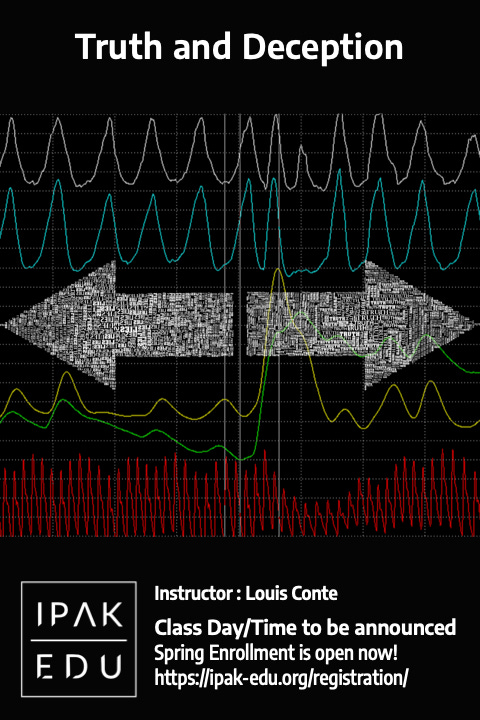Some Peer-Reviewed Studies for Weekend Reading & Sharing
October 2021! "Consistent pathophysiological alterations after vaccination with COVID-19 vaccines." Plus a few more.
Comprehensive investigations revealed consistent pathophysiological alterations after vaccination with COVID-19 vaccines. Cell Discov. 2021 Oct 26;7(1):99. doi: 10.1038/s41421-021-00329-3. PMID: 34697287; PMCID: PMC8546144.
PMC Link (Pubmed Link is jacked)
Abstract
Large-scale COVID-19 vaccinations are currently underway in many countries in response to the COVID-19 pandemic. Here, we report, besides generation of neutralizing antibodies, consistent alterations in hemoglobin A1c, serum sodium and potassium levels, coagulation profiles, and renal functions in healthy volunteers after vaccination with an inactivated SARS-CoV-2 vaccine. Similar changes had also been reported in COVID-19 patients, suggesting that vaccination mimicked an infection. Single-cell mRNA sequencing (scRNA-seq) of peripheral blood mononuclear cells (PBMCs) before and 28 days after the first inoculation also revealed consistent alterations in gene expression of many different immune cell types. Reduction of CD8+ T cells and increase in classic monocyte contents were exemplary. Moreover, scRNA-seq revealed increased NF-κB signaling and reduced type I interferon responses, which were confirmed by biological assays and also had been reported to occur after SARS-CoV-2 infection with aggravating symptoms. Altogether, our study recommends additional caution when vaccinating people with pre-existing clinical conditions, including diabetes, electrolyte imbalances, renal dysfunction, and coagulation disorders.
A Prospective Study of the Incidence of Myocarditis/Pericarditis and New Onset Cardiac Symptoms following Smallpox and Influenza Vaccination
https://www.ncbi.nlm.nih.gov/pmc/articles/PMC4368609/
Abstract
Background: Although myocarditis/pericarditis (MP) has been identified as an adverse event following smallpox vaccine (SPX), the prospective incidence of this reaction and new onset cardiac symptoms, including possible subclinical injury, has not been prospectively defined.
Purpose
The study's primary objective was to determine the prospective incidence of new onset cardiac symptoms, clinical and possible subclinical MP in temporal association with immunization. Methods: New onset cardiac symptoms, clinical MP and cardiac specific troponin T (cTnT) elevations following SPX (above individual baseline values) were measured in a multi-center prospective, active surveillance cohort study of healthy subjects receiving either smallpox vaccine or trivalent influenza vaccine (TIV).
Results
New onset chest pain, dyspnea, and/or palpitations occurred in 10.6% of SPX-vaccinees and 2.6% of TIV-vaccinees within 30 days of immunization (relative risk (RR) 4.0, 95% CI: 1.7-9.3). Among the 1081 SPX-vaccinees with complete follow-up, 4 Caucasian males were diagnosed with probable myocarditis and 1 female with suspected pericarditis. This indicates a post-SPX incidence rate more than 200-times higher than the pre-SPX background population surveillance rate of myocarditis/pericarditis (RR 214, 95% CI 65-558). Additionally, 31 SPX-vaccinees without specific cardiac symptoms were found to have over 2-fold increases in cTnT (%3E99th percentile) from baseline (pre-SPX) during the window of risk for clinical myocarditis/pericarditis and meeting a proposed case definition for possible subclinical myocarditis. This rate is 60-times higher than the incidence rate of overt clinical cases. No clinical or possible subclinical myocarditis cases were identified in the TIV-vaccinated group.
Conclusions
Passive surveillance significantly underestimates the true incidence of myocarditis/pericarditis after smallpox immunization. Evidence of subclinical transient cardiac muscle injury post-vaccinia immunization is a finding that requires further study to include long-term outcomes surveillance. Active safety surveillance is needed to identify adverse events that are not well understood or previously recognized.
Myocarditis Following Immunization With mRNA COVID-19 Vaccines in Members of the US Military. JAMA Cardiol. 2021 Oct 1;6(10):1202-1206. doi: 10.1001/jamacardio.2021.2833. PMID: 34185045; PMCID: PMC8243257.
https://www.ncbi.nlm.nih.gov/pmc/articles/PMC8546144/
Abstract
Importance
Myocarditis has been reported with COVID-19 but is not clearly recognized as a possible adverse event following COVID-19 vaccination.
Objective
To describe myocarditis presenting after COVID-19 vaccination within the Military Health System.
Design, Setting, and Participants
This retrospective case series studied patients within the US Military Health System who experienced myocarditis after COVID-19 vaccination between January and April 2021. Patients who sought care for chest pain following COVID-19 vaccination and were subsequently diagnosed with clinical myocarditis were included.
Exposure
Receipt of a messenger RNA (mRNA) COVID-19 vaccine between January 1 and April 30, 2021.
Main Outcomes and Measures
Clinical diagnosis of myocarditis after COVID-19 vaccination in the absence of other identified causes.
Results
A total of 23 male patients (22 currently serving in the military and 1 retiree; median [range] age, 25 [20-51] years) presented with acute onset of marked chest pain within 4 days after receipt of an mRNA COVID-19 vaccine. All military members were previously healthy with a high level of fitness. Seven received the BNT162b2-mRNA vaccine and 16 received the mRNA-1273 vaccine. A total of 20 patients had symptom onset following the second dose of an appropriately spaced 2-dose series. All patients had significantly elevated cardiac troponin levels. Among 8 patients who underwent cardiac magnetic resonance imaging within the acute phase of illness, all had findings consistent with the clinical diagnosis of myocarditis. Additional testing did not identify other etiologies for myocarditis, including acute COVID-19 and other infections, ischemic injury, or underlying autoimmune conditions. All patients received brief supportive care and were recovered or recovering at the time of this report. The military administered more than 2.8 million doses of mRNA COVID-19 vaccine in this period. While the observed number of myocarditis cases was small, the number was higher than expected among male military members after a second vaccine dose.
Conclusions and Relevance
In this case series, myocarditis occurred in previously healthy military patients with similar clinical presentations following receipt of an mRNA COVID-19 vaccine. Further surveillance and evaluation of this adverse event following immunization is warranted. Potential for rare vaccine-related adverse events must be considered in the context of the well-established risk of morbidity, including cardiac injury, following COVID-19 infection.





I believe you have the wrong link for the case series of myocarditis in active-duty military